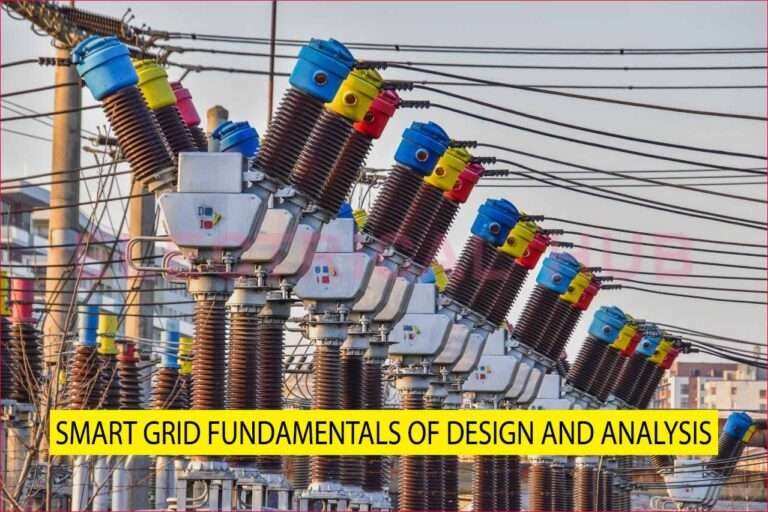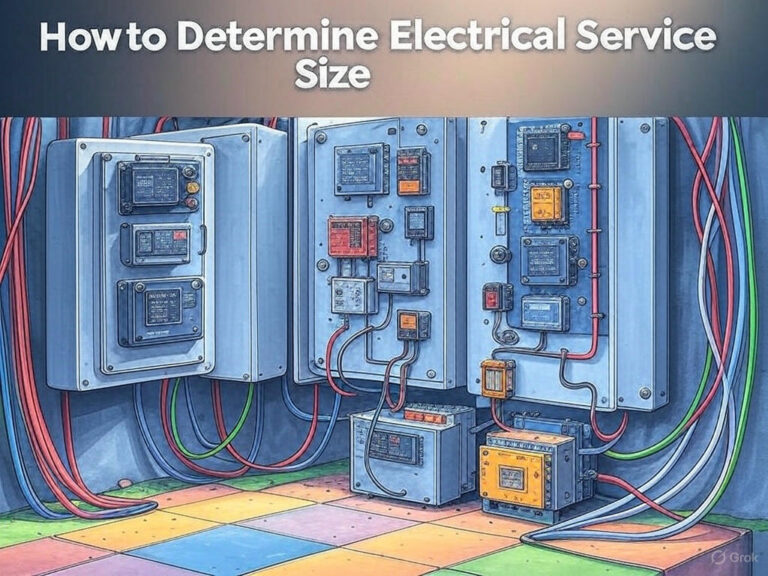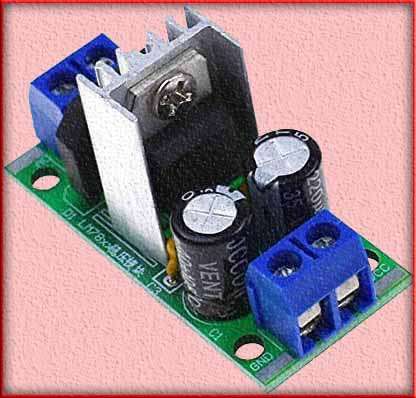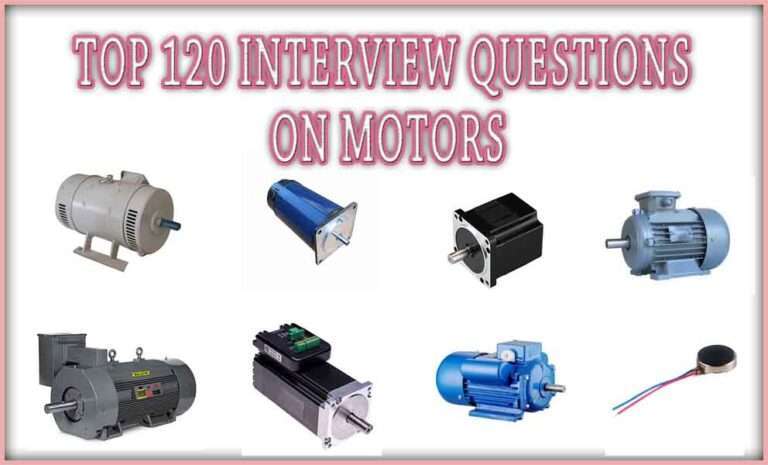Smart Grid Functions: 8 Important Functions
Understanding Smart Grid Functions
A smart grid is an advanced electricity network that integrates digital technology, automation, and real-time communication to optimize power generation, distribution, and consumption. Traditional power grids rely on a one-way flow of electricity, whereas smart grid functions enable bidirectional energy flow, self-healing capabilities, and efficient resource management.
Table of Contents
Table of Contents

Modern energy systems require smart grid functions to enhance reliability, efficiency, and sustainability. These functions help in balancing electricity demand and supply, integrating renewable energy, reducing power outages, and optimizing grid performance.
Read more: What is a Smart Grid
Key Smart Grid Functions
1. Advanced Metering Infrastructure (AMI)
One of the core smart grid functions is Advanced Metering Infrastructure (AMI), which includes smart meters that provide real-time data on energy consumption. These meters help utilities and consumers track energy usage patterns, leading to better demand-side management.
Benefits of AMI:
- Provides real-time energy usage insights
- Enables remote monitoring and billing
- Reduces the need for manual meter readings
- Supports dynamic pricing models to encourage efficient energy consumption
2. Demand Response and Load Management
Smart grids improve energy efficiency by enabling demand response (DR) programs. This function allows utilities to adjust energy distribution based on real-time demand, preventing overloading and reducing peak-time energy consumption.
Key Aspects of Demand Response:
- Consumers receive incentives to shift energy use to off-peak hours
- Automated control systems adjust appliance usage dynamically
- Helps in reducing electricity costs and grid congestion
Learn more: Need of Smart Grid
3. Integration of Renewable Energy Sources
One of the biggest advantages of smart grid functions is the seamless integration of renewable energy sources like solar power, wind energy, and hydropower. Smart grids efficiently balance power generated from these sources with traditional energy to ensure grid stability.
Smart Grid Capabilities for Renewable Energy:
- Grid balancing algorithms to manage variable energy input
- Energy storage systems like batteries to store excess power
- Forecasting tools to predict solar and wind energy generation
Explore: Smart Grids and Sustainable Energy
4. Self-Healing and Fault Detection Mechanisms
Traditional grids often suffer from delayed fault detection and prolonged outages. Smart grid functions include self-healing mechanisms that detect, isolate, and fix faults automatically.
How Self-Healing Works:
- Sensors identify faults in real-time
- Automated switching reroutes power to minimize disruptions
- AI-driven analytics predict potential failures and take preventive action
This function significantly enhances grid resilience, ensuring uninterrupted power supply.
5. Energy Storage and Battery Management
Energy storage plays a crucial role in the efficiency of a smart grid. Batteries store excess electricity during low-demand periods and release it during peak demand.
Smart Grid Storage Solutions:
- Lithium-ion and solid-state batteries for home and industrial use
- Pumped hydro storage for large-scale energy retention
- Grid-level battery management systems for optimized energy distribution
6. Grid Automation and Real-Time Monitoring
Smart grids rely on advanced automation systems that continuously monitor the grid and make instant adjustments to maintain efficiency. This function uses:
- SCADA (Supervisory Control and Data Acquisition) for remote monitoring
- IoT-based sensors for real-time grid performance tracking
- AI-driven analytics to optimize energy flow
These technologies ensure efficient grid management, reducing human intervention and operational costs.
7. Electric Vehicle (EV) Integration
With the rise of electric vehicles, smart grid functions have expanded to include vehicle-to-grid (V2G) technology. This function enables bidirectional energy exchange between EVs and the grid.
Benefits of EV Integration in Smart Grids:
- EVs can store and return energy to the grid during peak demand
- Optimized charging schedules reduce pressure on the grid
- Reduces overall dependency on fossil fuels
8. Cybersecurity and Data Protection
Smart grids handle vast amounts of real-time data, making cybersecurity a crucial function. Ensuring secure communication and protection from cyber threats is a top priority.
Cybersecurity Measures in Smart Grids:
- Encryption protocols for secure data transmission
- AI-powered threat detection to prevent cyberattacks
- Blockchain technology for transparent and tamper-proof transactions
Check out: Smart Grid Fundamentals
Conclusion
Smart grid functions are revolutionizing modern power systems by enabling efficient energy management, self-healing capabilities, and seamless renewable energy integration. As the energy sector moves towards sustainability, these functions will play a crucial role in creating a more reliable, cost-effective, and environmentally friendly power grid.
Follow Us on Social:
Subscribe our Newsletter on Electrical Insights to get the latest updates in Electrical Engineering.
#SmartGrid #EnergyEfficiency #RenewableEnergy #GridAutomation #ElectricPower #SustainableEnergy #PowerDistribution #SmartTechnology #EnergyManagement #FutureOfEnergy #SmartInfrastructure #GridModernization #DigitalGrid #ElectricityNetwork #SmartEnergy





